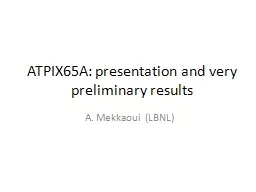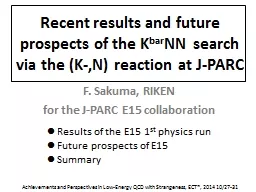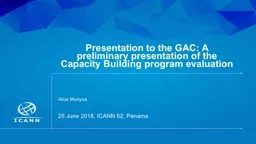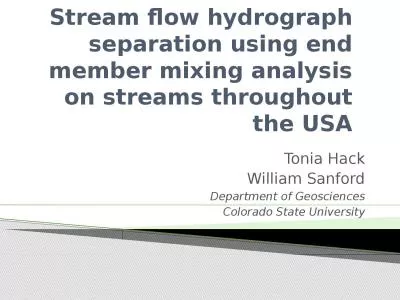PPT-ATPIX65A: presentation and very preliminary results
Author : danika-pritchard | Published Date : 2016-04-13
A Mekkaoui LBNL Motivation To explore the capabilities of advanced CMOS processes to address future HEP needs upgrades SLHC To have a feel of what is the best
Presentation Embed Code
Download Presentation
Download Presentation The PPT/PDF document "ATPIX65A: presentation and very prelimin..." is the property of its rightful owner. Permission is granted to download and print the materials on this website for personal, non-commercial use only, and to display it on your personal computer provided you do not modify the materials and that you retain all copyright notices contained in the materials. By downloading content from our website, you accept the terms of this agreement.
ATPIX65A: presentation and very preliminary results: Transcript
Download Rules Of Document
"ATPIX65A: presentation and very preliminary results"The content belongs to its owner. You may download and print it for personal use, without modification, and keep all copyright notices. By downloading, you agree to these terms.
Related Documents














